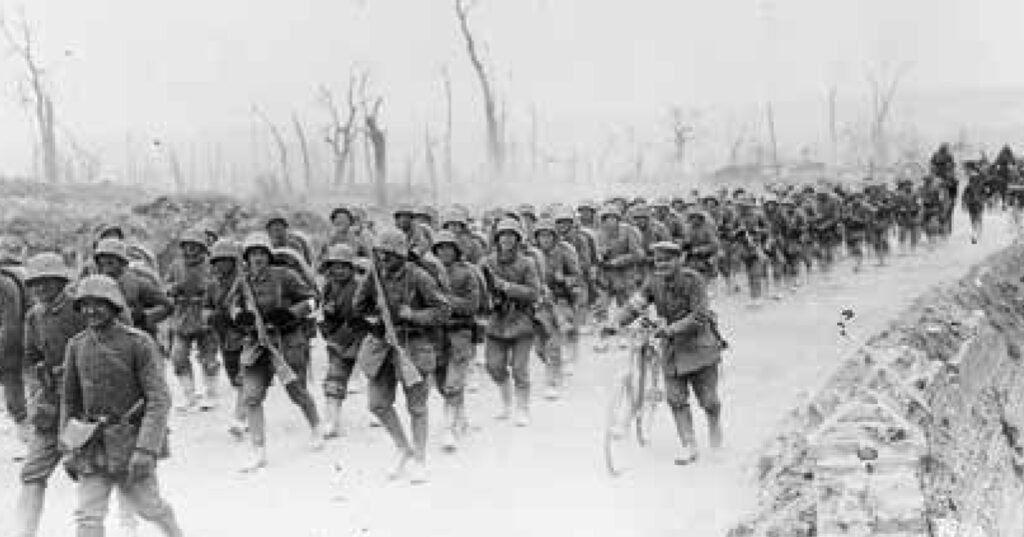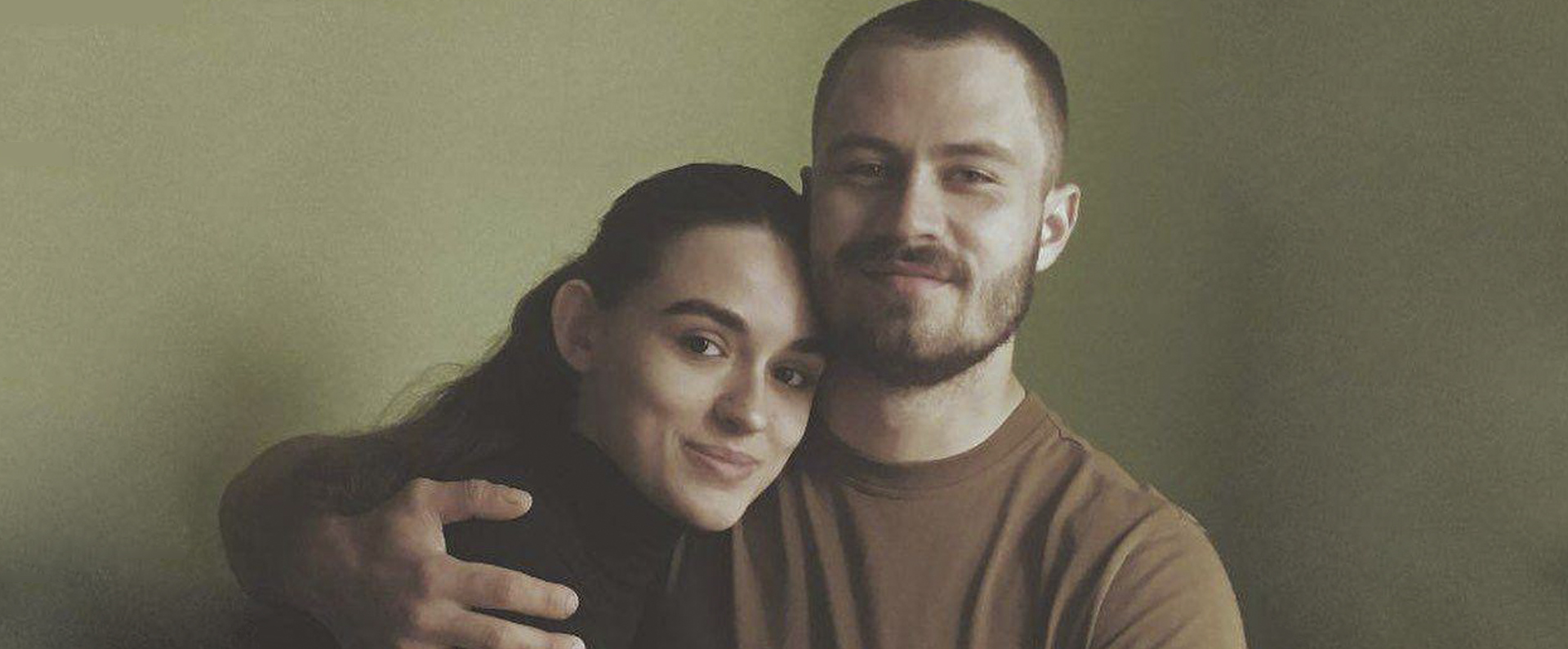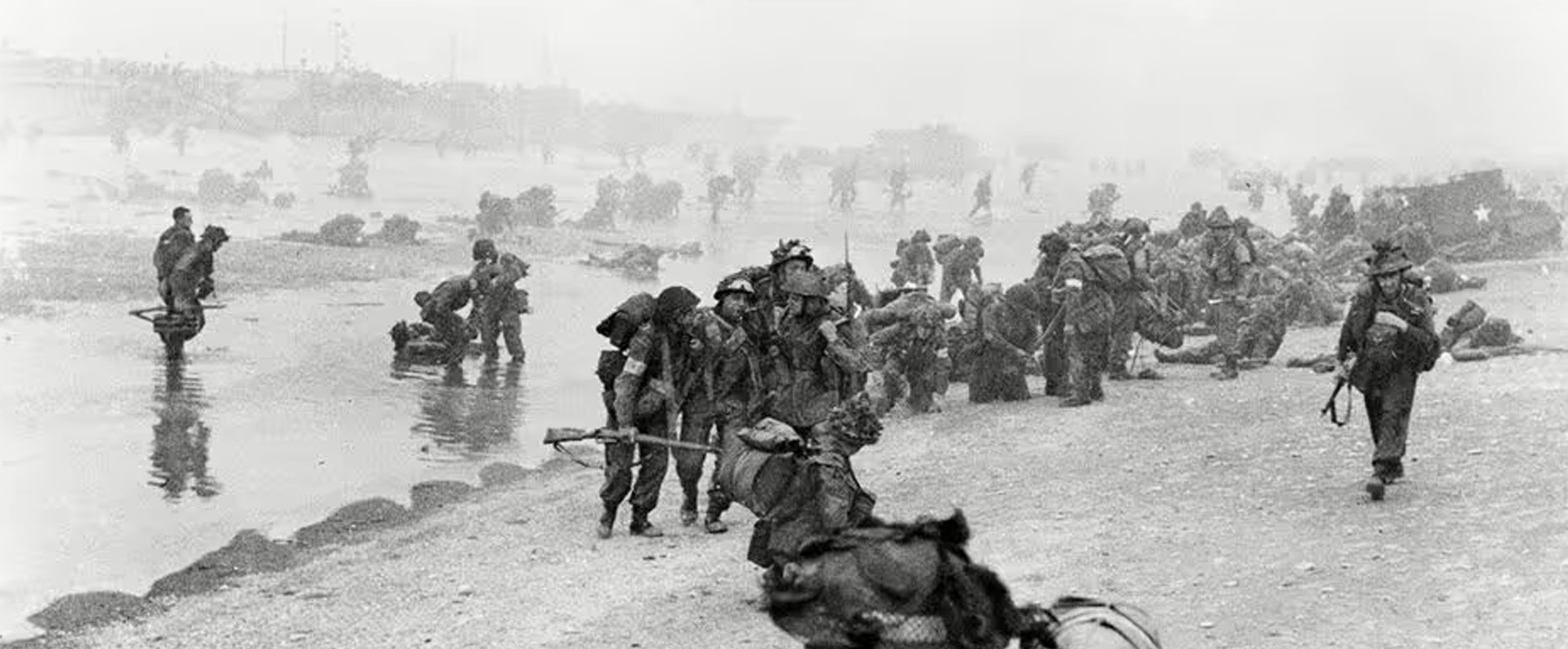
Published in Britain at War in April 2018.
Honorary Lieutenant Colonel Reginald Frederick Johnson Hayward VC, MC & Bar: endurance
Reginald Frederick Johnson Hayward was born in Beersheba Mission Station, East Griqualand, South Africa, on 17 June 1891. He was the eldest son of Frederick Johnson Hayward, a stockbreeder whose family were originally from Wiltshire, and his wife, Gertrude.
While he lived in South Africa, Frederick Jnr was educated at Hilton College, Natal, and Durban Business College. At school and college, he was talented sportsman, excelling at rugby, football and cricket: indeed in 1911, he represented Natal against visiting English rugby teams. He was also a good shot and fine horse rider.
In the spring of 1912, aged 20, he travelled to England, where Hayward attended the Royal College of Veterinary Surgeons. He continued to play rugby to a high standard, captaining his college’s first XV and also playing for Rosslyn Park and Middlesex.
On 29 September 1914, just a month after the outbreak of the Great War, he was commissioned as a second lieutenant into the 6th Battalion, The Wiltshire Regiment – no doubt chosen because of his family links to the county. On Christmas Eve of the same year, he was promoted to temporary lieutenant. In March 1915, after being made a full lieutenant and also being transferred to the 1st Wiltshires, Hayward travelled to France.
On 8 October 1916, Hayward was decorated for the first time, being awarded the Military Cross (MC) for his earlier bravery at Stuff Redoubt, Thiepval, France. However, around this time he was also wounded, requiring hospital treatment in London to remove a piece of shrapnel from his eye.
Hayward was promoted to acting captain on 19 December 1916. On 18 September 1917, he was awarded a Bar to his MC for his gallantry at Messines Ridge on 7 June of that year.
However, it was for his bravery near Fremicourt, France, from March 22/4 March 1918 that Hayward, then aged 26, was awarded his VC. On 21 March, the Germans launched their so-called Spring Offensive against a section of the Front manned by the British Third and Fifth Armies.
In fact, at 4.40am on 21 March, several divisional camps were woken up by the sound of the heavy artillery fire that marked the start of the Spring Offensive. With the 1st Wiltshires initially in the village of Achiet le Grand and, later that morning, north-west of Fremicourt, much of that day and the night of 21/22 march was spent preparing for the inevitable German onslaught.
The citation for Hayward’s VC, announced on 24 April 1918, takes up the story of what happened during March 22, 23 and 24 and how brave the young officer was throughout the three days.
“For most conspicuous bravery in action. This officer, while in command of a company, displayed almost superhuman powers of endurance and consistent courage of the rarest nature. In spite of the fact that he was buried, wounded in the head, and rendered deaf on the first day of operations, and had his arm shattered two days later, he refused to leave his men (even though he received a third serious injury to his head), until he collapsed from sheer physical exhaustion.
“Throughout the whole of this period the enemy were attacking his company front without cessation, but Captain Hayward continued to move across the open from one trench to another with absolute disregard for his own safety, concentrating entirely on re-organising his defences and encouraging his men.
“ It was almost entirely due to the magnificent example of ceaseless energy of this officer that many most determined attacks upon his portion of the trench system failed entirely.”
Over a three-day period, Hayward had repeatedly showed astonishing endurance and courage, continuously encouraging his men despite the severity of his wounds. Having eventually collapsed from exhaustion on 24 March, he and other injured officers and men were evacuated on the night of 25 March.
Hayward survived his serious injuries. He was presented with both his VC and the Bar to his MC by King George V at an investiture at Buckingham Palace on 24 October 1918, less than a month before the end of the war.
Hayward remained in the Army after the end of hostilities and was appointed Adjutant of the 1st Wiltshires in 1919. During the Peace Parades of the same year in London and Paris, he helped – along with Lieutenant S.J. Parker MC, DCM – carry his Battalion’s Colours. Between 1919-21, he served in Dublin, Egypt and Palestine. On 21 September 1927, he was promoted to captain.
Hayward retired to the Reserves in 1935 and on 9 July 1938 he married Linda Bowen at Christ Church, Burbage, Buxton, Derbyshire. In the same year, and with war looming against Hitler’s Germany, he was recalled to the Army, serving with the Anti-Aircraft Command. From 1945-7, he served as Commandant, Prisoner of War Camps, before retiring, with the honorary rank of lieutenant colonel, from the Armed Forces for a second time.
From 1947-52, Hayward worked in the BBC’s Publications Department and from 1952-67 he worked as Games Manager at the Hurlingham Club in London.
Hayward died at his home in Chelsea, central London, on 17 January 1970, aged 78. He was cremated at Putney Vale Crematorium on 23 January and his ashes were scattered n the Garden of Remembrance. His widow, Linda, died later the same year, in August.
Hayward is commemorated at both Putney Vale Crematorium and in St Mary’s Church, Limpley Stoke, Wiltshire. I do not own the medal group belonging to this courageous officer. In fact, his medals are on display at the Royal Gloucestershire, Berkshire and Wiltshire Regiment’s Museum in Salisbury, Wiltshire. The museum also has Hayward’s silver presentation sword along with a painting of him by Cowan Dobson, the leading Scottish portrait artist.
Download a PDF of the original Britain at War article
For more information, visit:
LordAshcroftOnBravery.com


